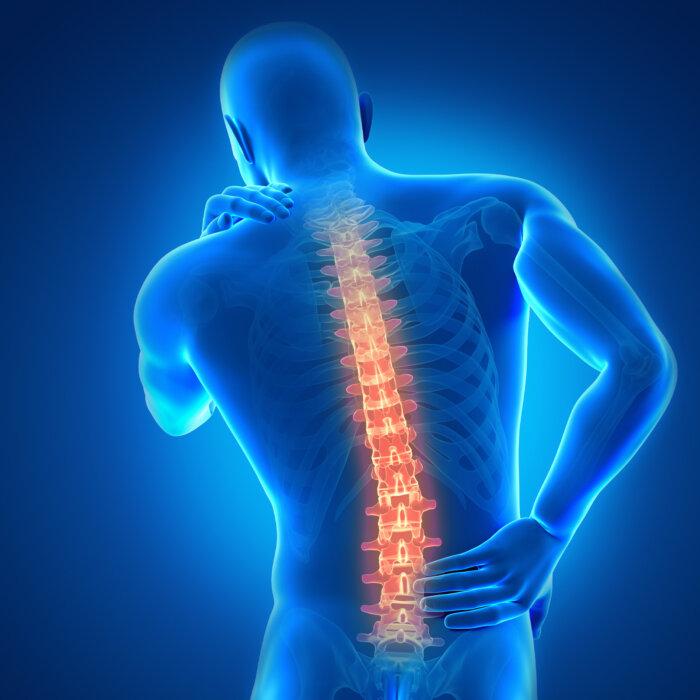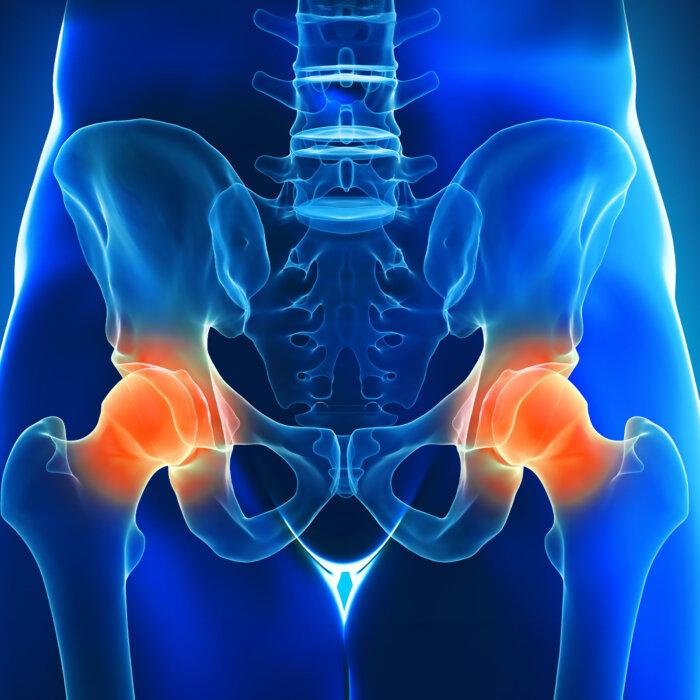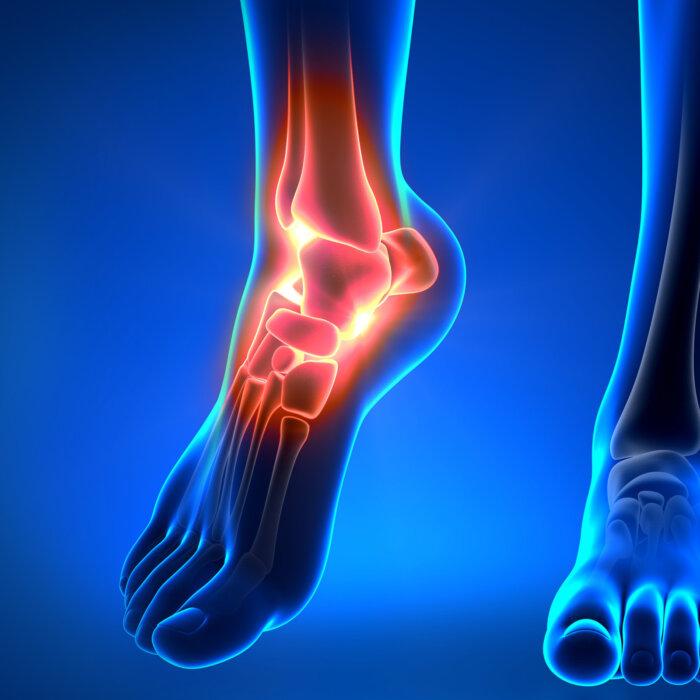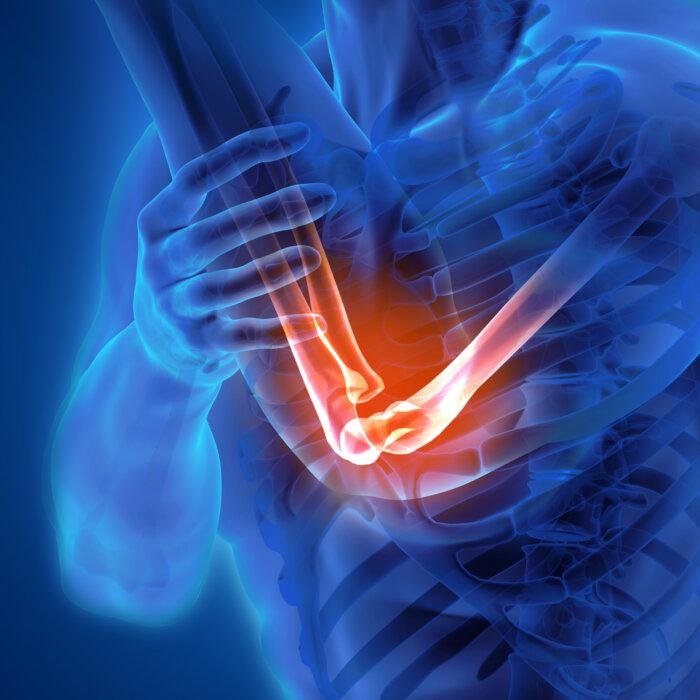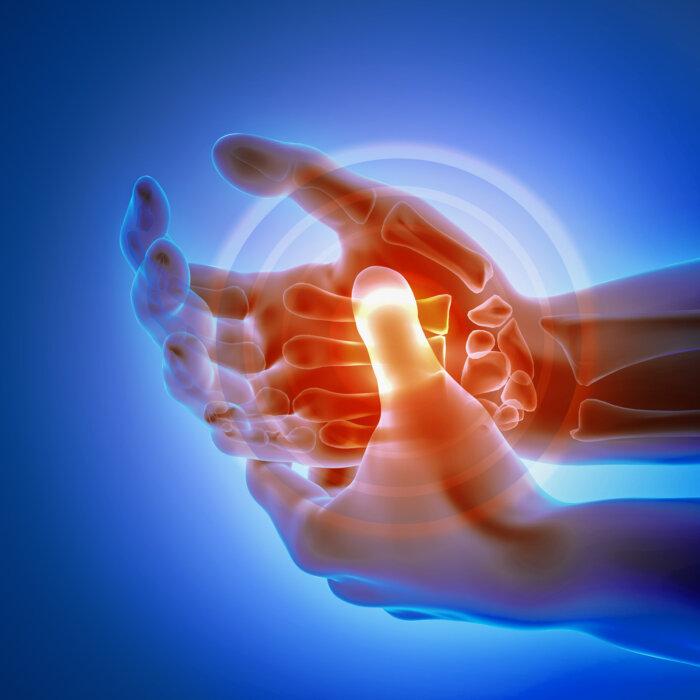Summary of Key Facts
- A recent study found that the incidence of chronic pain in the United States has exceeded that of other chronic conditions, including diabetes, depression, and high blood pressure.
- More than 50 million adults (20.5 percent) in the United States have chronic pain, including 17 million (almost 7 percent) with high-impact chronic pain.
- Chronic pain has been linked to depression, higher suicide risk, substance abuse, and dementia.
- Health care costs related to chronic pain exceed half a trillion dollars per year, more than the annual costs for heart disease, cancer, or diabetes.
- Exercise can have a significant effect on reducing chronic pain caused by functional issues and muscle weakness.
Alarming Trend in Chronic Pain
Pain is a constant background noise of the human experience, and the volume is unfortunately rising.In fact, chronic pain was found to exceed the incidence of other chronic ailments, such as depression, diabetes, and high blood pressure.

The JAMA Network study found that women are affected more than men in every age group, but both demographics are experiencing a consistent rise in reported cases. High-impact chronic pain was also higher among women.
Dealing With Chronic Pain
Pain is a constant companion during human existence. All of us experience many different types of pain in the course of our lives, and all of us experience a range of pain from mild to severe, and from short-lived to longer-lasting.Pain is a leading indicator of internal disease, and the nature and intensity of that pain can help health care practitioners assess many health problems more accurately.
Pain is also one of the most consistent ways to get even the most stubborn people to seek needed medical attention.
The Cost of Chronic Pain
Chronic pain, defined as pain lasting three or more months, can have a debilitating effect on a person’s ability to work and perform daily activities. It’s been linked to depression, increased suicide risk, substance abuse, and dementia.Exercise Can Often Improve Chronic Pain
Not all chronic pain is directly associated with a specific medical diagnosis. Research increasingly shows a correlation of chronic pain not only with well-defined medical diagnoses but also with postural and lifestyle factors. Many of us are not as active as we should be, allowing joints to stiffen and muscles to grow weak.A consistent regimen of safe, effective, and easy-to-perform exercises can help increase joint flexibility and muscle strength, reducing and preventing chronic pain.







